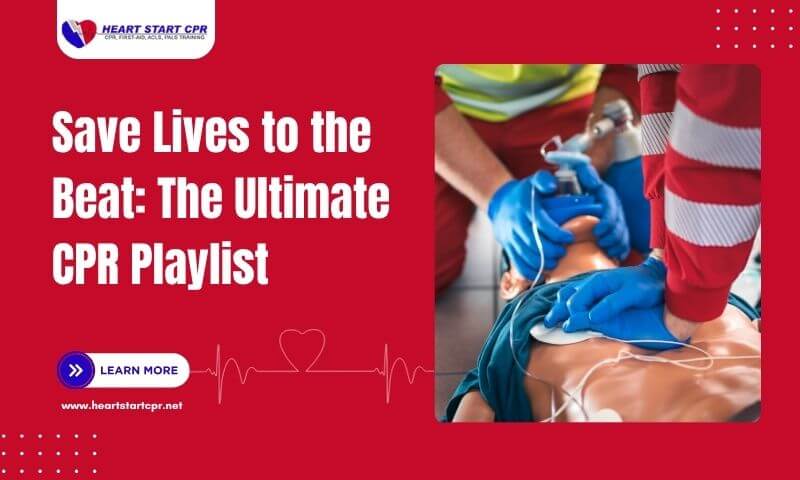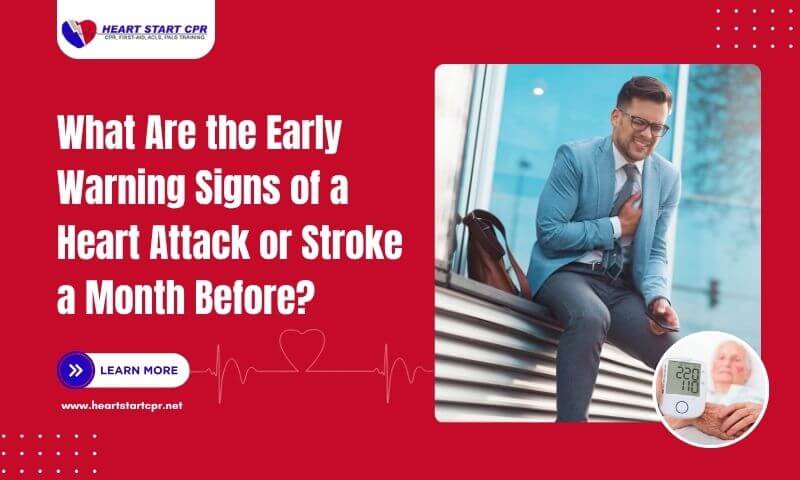In Pediatric Advanced Life Support (PALS), once immediate life threats have been identified and managed through the primary assessment, the next critical step is the secondary assessment. This phase is essential for healthcare providers to dig deeper into the child’s or infant’s condition. Unlike the primary assessment, which focuses on stabilizing airway, breathing, circulation, disability, and exposure (ABCDE), the secondary assessment aims to uncover the underlying causes of the emergency. It involves a focused history and a detailed physical examination, helping clinicians make informed decisions for ongoing care.
In this guide, we’ll break down the components of the secondary assessment in PALS, explain how it fits into the overall resuscitation process, and emphasize its importance in guiding effective, life-saving interventions.
What is Secondary Assessment in PALS?
A secondary assessment in Pediatric Advanced Life Support (PALS) is a rapid, systematic, top-to-toe examination of a critically ill young patient. Assessment involves injured patients or those whose signs and symptoms are unclear. It is a detailed evaluation conducted after the primary assessment and addresses life threatening conditions such as severe airway obstruction, inadequate breathing or abnormal circulation.
Secondary Assessment includes taking a focused history using the SAMPLE acronym (Signs and symptoms, Allergies, Medications, Past medical history, Last meal, Events leading to the present condition), performing a thorough head-to-toe physical examination, conducting relevant diagnostic tests (such as laboratory tests, imaging studies, and ECG), and continuous monitoring of vital signs and other critical parameters.
What is the Importance of the Secondary Assessment in PALS?
The secondary assessment in PALS consists of several key parts that help healthcare providers gather more detailed information about the child’s condition and guide further treatment. This assessment builds upon the primary assessment by focusing on uncovering underlying causes and less obvious issues.
It is a systematic and thorough evaluation aimed at providing a comprehensive understanding of the patient’s overall health status.
Importance of secondary assessment of PALS:
- Comprehensive Patient Evaluation: PALS secondary assessment provides a thorough evaluation of the patient’s condition. It ensures no critical details are missed by examining the child from head to toe and collecting a focused medical history. This helps form a complete clinical picture.
- Identifying Underlying Conditions: Secondary Assessment helps healthcare providers uncover the root cause of the patient’s symptoms rather than merely treating obvious signs. For instance, symptoms like difficulty breathing could be due to infection, trauma, or an allergic reaction, and the secondary assessment helps clarify this.
- Guiding Further Management: The information gathered during the PALS secondary assessment informs the next steps in pediatric patient care and treatment planning.
- Monitoring and Detecting Changes: Frequent monitoring during the secondary assessment helps detect any changes in the patient’s condition. If any changes are needed, healthcare providers can provide timely and effective medical interventions.
Related Post: Common Mistakes in PALS
What are the Components of a Secondary Assessment?
A secondary assessment is a detailed evaluation performed after ensuring a patient’s airway, breathing, and circulation are stable. It helps to identify other injuries or medical issues.
Some of the components of secondary assessment are as follows:
1. Focused History (SAMPLE)
It is crucial to to take detailed history to understand the patient’s background and the events leading to the current situation. The SAMPLE acronym is a helpful guide.
Let’s take a look at each of the components:
S: Signs and symptoms
What are the patient’s symptoms, and how have they progressed? For very young patients who can’t communicate their symptoms, you need to talk to their caregiver. You can take details about the patient’s current symptioms such as difficulty breathing or pain.
A: Allergies
Does the patient have any known allergies to medications, foods or environmental factors? Knowing all potential allergies is crucial to avoid complications.
M: Medications
Is the patient taking any medications, including over-the-counter or herbal supplements? These could affect the child’s current condition or interact with treatments you might provide.
P: Past medical history
Does the patient have any significant past medical issues, chronic conditions (such as asthma or heart disease), or recent surgeries? This information is essential for understanding the child’s baseline health status.
L: Last meal or oral intake
When did the patient last eat or drink? Sick kids can burn through their energy reserves quickly. So, knowing their last intake helps you manage their glucose levels.
E: Events leading up to the present illness or injury
What events or activities preceded the current condition? Get a clear history from the caregiver about the events leading up to the current situation, including when and how it happened. This context directs you to appropriate treatment.
2. Focused Physical Examination
A thorough head-to-toe examination helps to identify any abnormalities or areas of concern. Here’s how you can conduct it:
- Head and Neck: Check for signs of trauma, deformities, or neurological issues. Look for any swelling, bruising, or unusual bumps, and ensure there are no signs of neurological deficits such as unequal pupils or abnormal reflexes.
- Chest: Evaluate breathing, lung sounds, and heart sounds. Listen carefully for any abnormal breath sounds like wheezing or crackles, and check for irregular heartbeats or murmurs that could indicate cardiac problems.
- Abdomen: Assess for tenderness, distension, or organomegaly. Gently touch the abdomen to identify any pain points, swelling, or enlarged organs that could signal internal injury or infection.
- Pelvis: Look for signs of trauma or instability. Carefully check for any pelvic pain or movement that seems off, which could indicate fractures or other injuries.
- Extremities: Examine for fractures, cyanosis(bluish or purplish discoloration of the skin, lips, and nail beds), or circulatory issues. Check each limb for signs of broken bones, poor blood flow, or discoloration that could mean a lack of oxygen.
- Back: Inspect for injuries or abnormalities. Make sure to turn the patient over, if possible, to look for any unnoticed trauma or structural issues on their back.
3. Diagnostic Tests
Based on the findings from the focused history and physical examination, various diagnostic tests may be necessary like:
- Laboratory Tests: These can include complete blood count (CBC), electrolytes, blood glucose, blood gases, and other specific tests as needed.
- Imaging Studies: X-rays, CT scans, ultrasounds, or MRI to evaluate internal structures and identify any hidden issues.
- Other Tests: An electrocardiogram (ECG) to assess cardiac function or an echocardiogram to evaluate heart structure and performance.
4. Monitoring
It is very important to track the progress of a child or an infant to know the effectiveness of the treatment. So, continuous monitoring is very essential. Healthcare providers should regularly monitor vital signs like heart rate, respiratory rate, blood pressure, and temperature to stay updated on their condition. Pulse oximetry can be used to ensure adequate oxygenation. Oxygen saturation levels should also be measured. It is equally important to measure end-tidal CO2 to assess ventilation status and ensure proper breathing. Additionally, cardiac monitoring helps you keep an eye on the patient’s heart rhythm, detecting any arrhythmias or other cardiac issues that may arise.
5. Interventions
Based on the findings from the secondary assessment, appropriate interventions should be implemented. It includes:
- Medications: Pediatric healthcare providers should administer medications as indicated to address specific conditions or symptoms.
- Fluid Therapy: The young patients should be provided with intravenous fluids if necessary to maintain adequate hydration and circulation.
- Respiratory Support: Ensure the patient has adequate oxygenation and ventilation, using supplemental oxygen or mechanical ventilation if needed.
- Other Specific Treatments: Adapt treatments to the patient’s specific needs and conditions.
Conclusion
By the end of this blog, you have understood that secondary assessment in PALS is a thorough and systematic process that builds on the primary assessment to provide a complete picture of the patient’s condition. By following the components of the secondary assessment, healthcare providers can deliver high-quality care and improve outcomes for pediatric patients in emergencies.
At Heart Start CPR, we emphasize the importance of comprehensive training for all healthcare providers. We understand that executing the PALS algorithm, including the secondary assessment, is crucial for effective pediatric emergency care. If you are a healthcare provider working in pediatric care, join our PALS course in the San Francisco Bay Area to gain the knowledge and skills needed to perform these assessments confidently and competently. We offer flexible classes to fit your busy schedule. With Heart Start CPR, you can gain the necessary skills for pediatric care and advance your professional career. Contact us to gain more information about our courses.



















